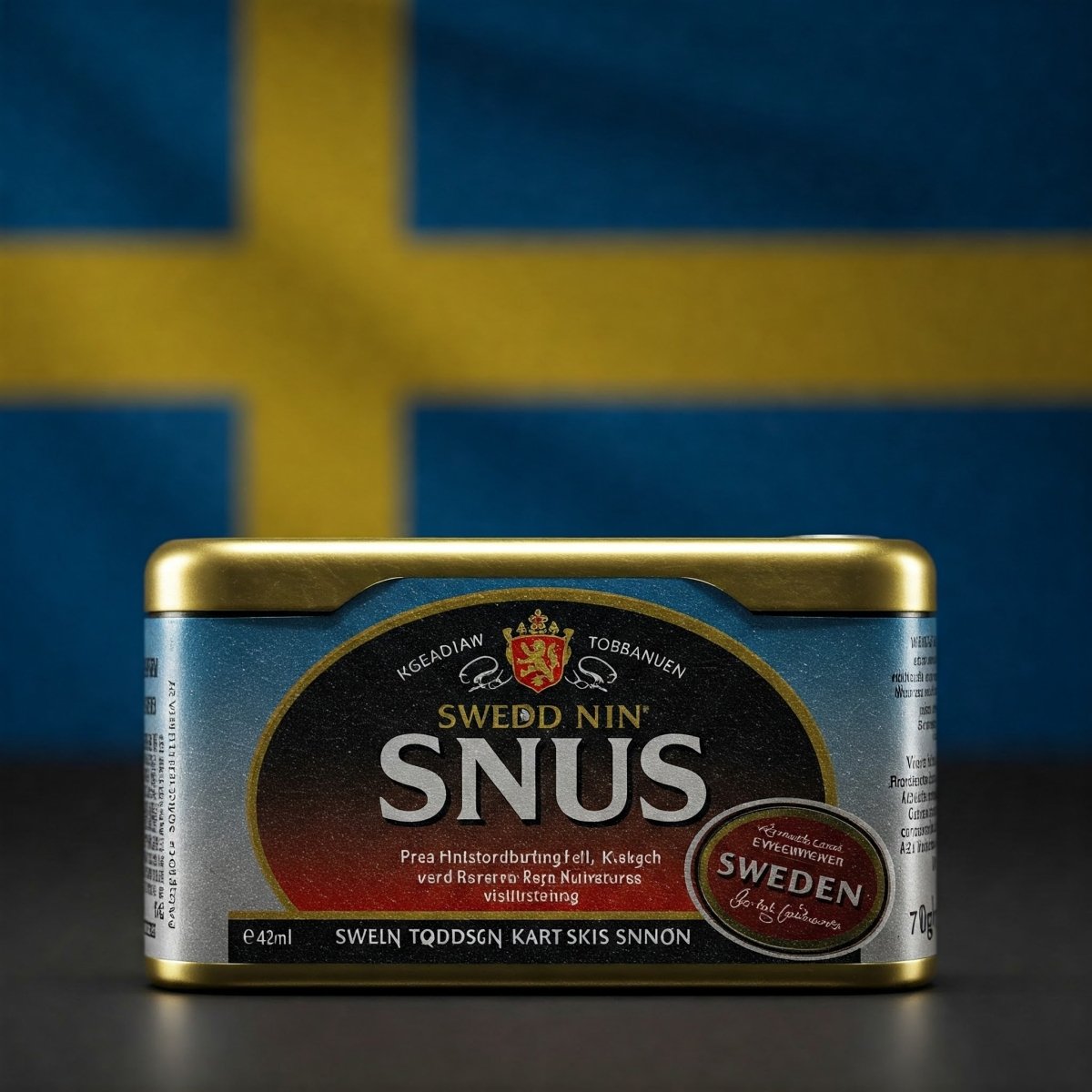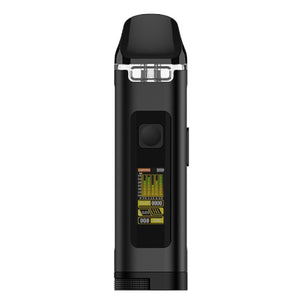Understanding Swedish Snus: A UK Perspective

Swedish Snus: A Deep Dive into the World of Swedish Smokeless Tobacco
Introduction
Swedish snus, a moist, smokeless tobacco product originating in Sweden, has garnered global attention. Consumed by placing a small pouch of tobacco under the upper lip, it delivers nicotine through the oral mucosa. Unlike cigarettes, snus involves no combustion, eliminating the inhalation of harmful smoke. This key difference has fueled ongoing debate and research regarding its potential health risks and benefits compared to traditional smoking. This comprehensive guide aims to explore the multifaceted world of Swedish snus, delving into its history, composition, usage, health implications, the ongoing debate surrounding its risks and benefits, its cultural significance, and the regulatory landscape.
A Rich History: From Rapé to Modern Snus
The story of snus begins in the 17th century Sweden, evolving from a moist, powdered tobacco known as "rapé," popular across Europe at the time. The Swedish adapted and refined this product, creating their unique version: snus. This quickly transcended its initial purpose, becoming a cultural phenomenon and a significant part of Swedish national identity, deeply intertwined with traditions and social practices.
Initially, snus was primarily associated with the upper classes, a symbol of affluence and refinement. However, its popularity gradually spread throughout all levels of Swedish society, becoming a widely used product. The 19th and 20th centuries witnessed a surge in snus consumption, particularly amongst men, solidifying its place in Swedish culture. This widespread adoption has contributed to Sweden having some of the lowest smoking rates in the world, a fact often attributed, at least in part, to the availability and acceptance of snus as a less harmful alternative.
The Composition of Swedish Snus: A Closer Look at the Ingredients
Swedish snus is a carefully crafted blend of several key ingredients. The foundation is finely ground tobacco leaves, typically air-dried or pasteurized to preserve their flavor and aroma. Salt is a crucial component, acting as a preservative and enhancing the flavor profile. An alkalizing agent, traditionally sodium carbonate or sodium bicarbonate, is added to increase the pH level, facilitating nicotine absorption. Many snus varieties also incorporate flavorings, ranging from traditional tobacco notes to more modern additions like mint, fruit, or even whisky. Humectants, such as propylene glycol or glycerol, are used to maintain the snus's moisture content and prevent it from drying out. Other additives might include stabilizers and preservatives, all contributing to the final product's texture, flavor, and shelf life. The specific blend and proportions of these ingredients vary between different snus brands and types, resulting in a diverse range of products to cater to individual preferences.
Types of Swedish Snus: From Loose to Portion
Swedish snus comes in two primary forms: loose snus and portion snus. Loose snus represents the traditional, original form. It consists of moist, ground tobacco that users typically shape into a small ball or cylinder before placing it under the upper lip. This method allows for a customized experience, with users controlling the size and placement of the snus. Portion snus, a more modern innovation, offers convenience and ease of use. The tobacco is pre-portioned into small, teabag-like pouches, eliminating the need for shaping and making it a more discreet option. Portion snus is available in a wide array of flavors and nicotine strengths, further expanding the choices available to consumers. This pre-portioned format has contributed significantly to the increased popularity of snus, particularly among those new to the product. Furthermore, the development of "white snus" or nicotine pouches, which contain no tobacco but deliver nicotine and flavorings, represents a further evolution in the smokeless tobacco market.
Using Swedish Snus: A Step-by-Step Guide
Using Swedish snus is a straightforward process. For loose snus, a small pinch of the moist tobacco is taken and carefully placed between the upper lip and gum, forming a small mound. Users often employ a special tool called a "prilla" or simply use their fingers. With portion snus, the pre-portioned pouch is simply placed in the same location – under the upper lip, against the gum. The nicotine is then absorbed through the oral mucosa, providing the user with its stimulating effects. The snus typically remains in place for 30 minutes to an hour, after which it is discarded.
Health Implications of Swedish Snus: Weighing the Evidence
The health effects of Swedish snus have been the subject of extensive scientific research and public health debate. While generally considered less harmful than smoking cigarettes due to the absence of combustion, snus is not without potential risks.
Potential Risks Associated with Snus Use:
- Nicotine Addiction: Like all tobacco products, snus contains nicotine, a highly addictive substance. Regular snus use can lead to nicotine dependence, making it challenging to quit.
- Oral Health Issues: Long-term snus use can increase the risk of several oral health problems. Gum recession, where the gums pull back from the teeth, is a common issue. Tooth staining can also occur, though typically less severe than with smoking. Oral leukoplakia, characterized by white patches on the oral mucosa, is another potential consequence.
- Cancer Risk: The link between snus use and cancer risk is a subject of ongoing research. Some studies have suggested a possible association with certain cancers, including oral cancer, pancreatic cancer, and esophageal cancer. However, the evidence is not as conclusive as the link between smoking and cancer, and the overall cancer risk associated with snus is generally considered significantly lower than that of smoking. More research is needed to fully understand the long-term cancer risks associated with snus use.
- Cardiovascular Risks: Snus use may carry some cardiovascular risks, including an increased risk of heart disease, stroke, and high blood pressure. While the risks are likely lower than those associated with smoking, they are not negligible.
Potential Benefits of Snus Compared to Smoking: A Harm Reduction Perspective
One of the primary arguments in favor of snus is its potential as a harm reduction tool. Compared to smoking cigarettes, snus offers several potential advantages:
- Reduced Exposure to Carcinogens: The absence of combustion in snus use eliminates exposure to the thousands of harmful chemicals produced by burning tobacco. This significantly reduces the intake of carcinogens and other toxic substances present in cigarette smoke.
- Lower Risk of Respiratory Diseases: Snus use is not associated with the same increased risk of lung cancer, chronic obstructive pulmonary disease (COPD), and other respiratory diseases that are directly linked to smoking.
- Potential Smoking Cessation Aid: For smokers who are unable or unwilling to quit completely, snus may offer a less harmful alternative. Some individuals use snus as a stepping stone to quitting nicotine altogether, although it is not a medically approved cessation device.
The Swedish Experience: A Case Study in Harm Reduction?
Sweden's high snus use and low smoking rates have led to the concept of the "Swedish Experience." This observation suggests that the widespread availability and acceptance of snus may have contributed to the dramatic reduction in smoking-related diseases in Sweden. However, it is crucial to acknowledge that other factors, such as robust public health policies, anti-smoking campaigns, and evolving social norms, have also played a significant role in this trend. The Swedish experience provides valuable data for the ongoing debate about harm reduction strategies and the role of less harmful nicotine products.
The Ongoing Debate: Public Health, Industry, and Individual Choice
The health implications of snus remain a subject of ongoing debate, involving public health organizations, researchers, and the tobacco industry. Some argue that snus, while not risk-free, represents a significantly less harmful alternative to smoking and can play a crucial role in harm reduction strategies. They advocate for its availability as a way to reduce smoking-related morbidity and mortality. Others express concerns about the potential risks of snus use, particularly the risk of nicotine addiction, and the possibility that it could act as a gateway to cigarette smoking, especially among young people. They emphasize the importance of preventing nicotine addiction in all forms and promoting complete tobacco and nicotine abstinence.
The Regulatory Landscape: Navigating the Complexities
The regulation of snus varies considerably across different countries. Within Sweden, snus is subject to strict regulations and is classified as a food product, reflecting its long history and cultural significance. In the European Union (EU), the sale of snus is banned, with the exception of Sweden, which was granted an exemption upon joining the EU. This ban reflects concerns about the potential health risks of snus and the desire to prevent its uptake in other EU countries. In the United States, snus is available but regulated similarly to other smokeless tobacco products, with restrictions on advertising and marketing. The varying regulatory approaches to snus highlight the complex considerations surrounding its public health impact and the need for evidence-based policies.
The Cultural Significance of Snus in Sweden: A National Tradition
Snus holds a unique place in Swedish culture, deeply intertwined with national identity and traditions. It has been a part of Swedish society for centuries, evolving from a niche product to a widely used and socially accepted practice. Snus is often seen as a distinctly Swedish product, a symbol of national heritage. This cultural significance has contributed to its widespread use and acceptance in Sweden, playing a role in the country's low smoking rates.






